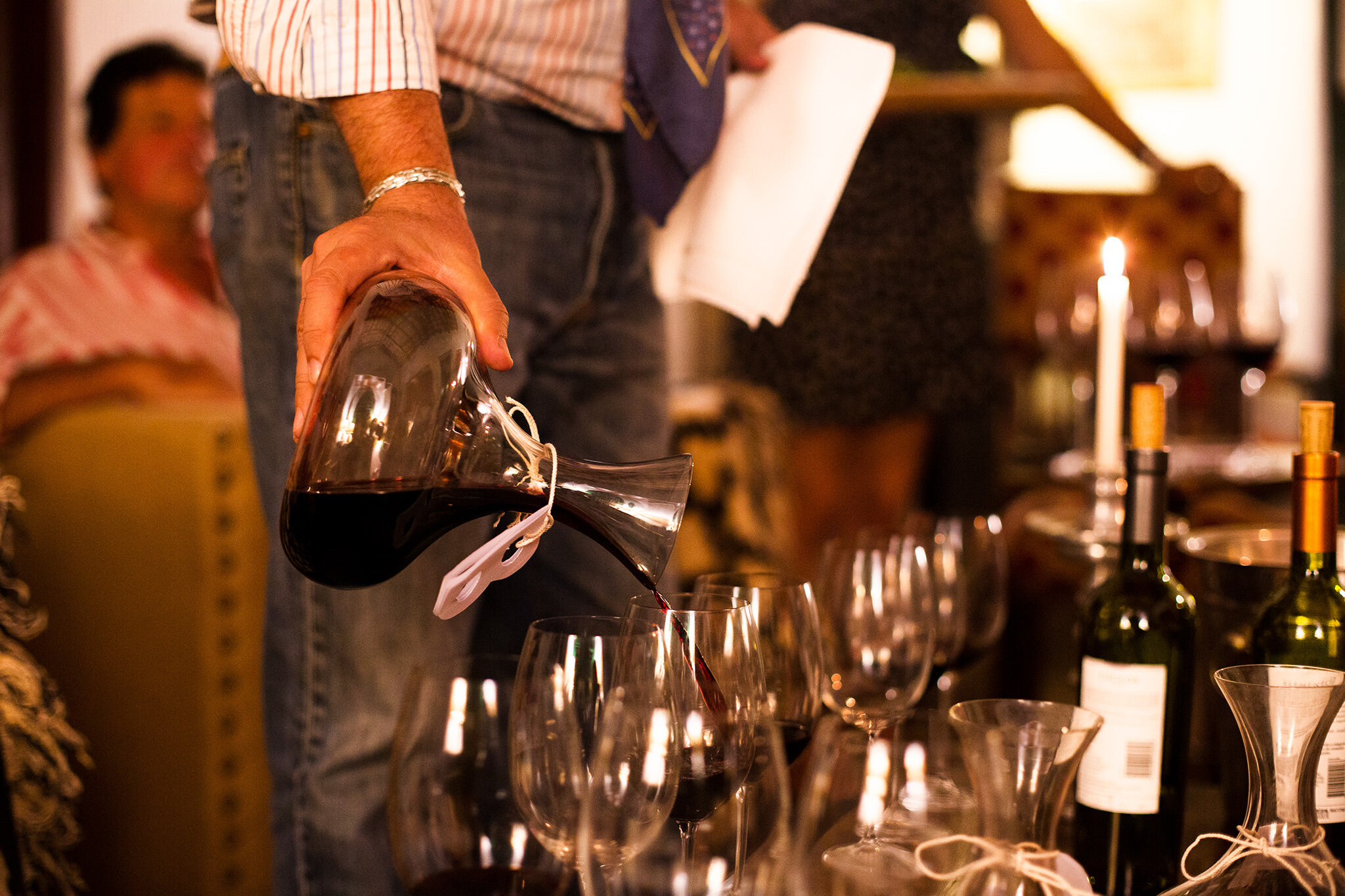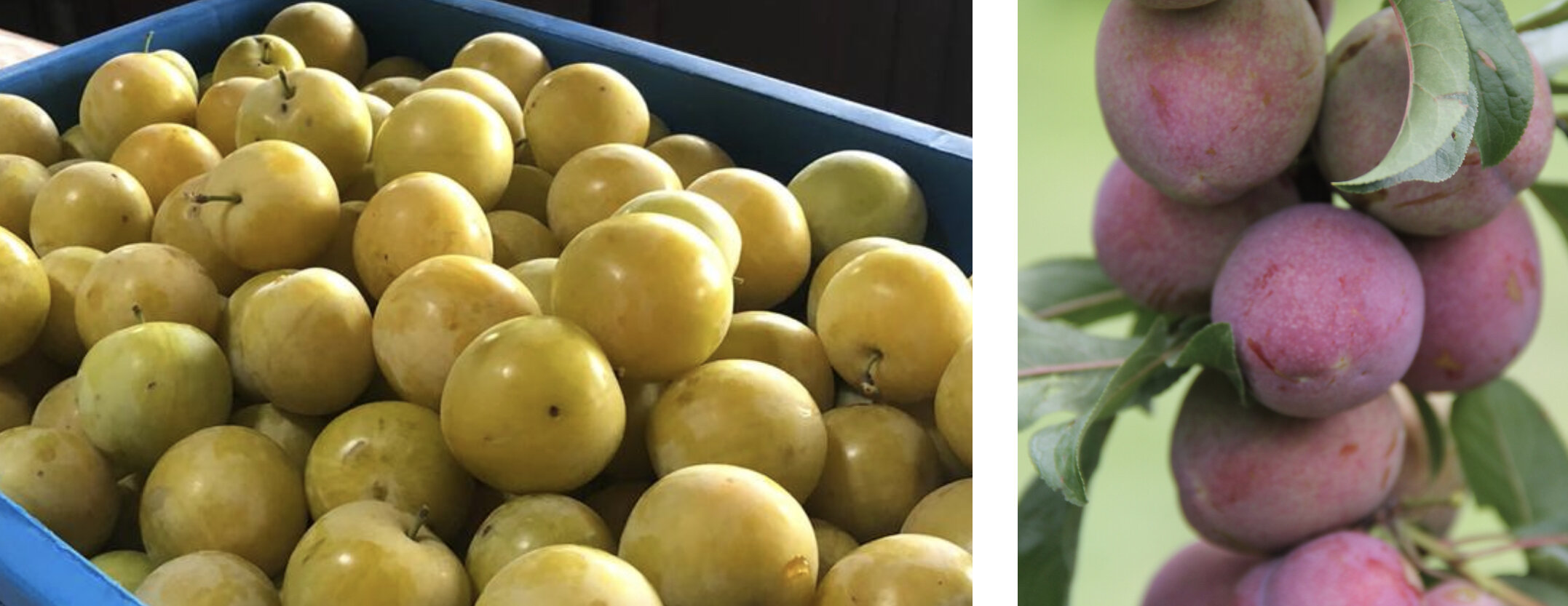Argentina is the fifth largest producer of wine in the world.
Argentina is a vast producer of wine and so throughout your stay in the country you are likely to try a number of different wines from different regions. Large areas of fertile vineyards stretch along the foothills of the Andes dotted with more than 3,000 wineries. The vineyards are based almost entirely on European grape varieties. The region is blessed with a combination of plentiful water from snow melt, sandy harsh soil, a dry a climate with year-round sunshine, which makes for enormous yields.
Cordoba has a wine growing tradition that goes back some centuries. Records show that 10,000 vines were planted the year after the foundation of Cordoba in 1574. The wine cellar of the Jesus Maria Jesuit farm was the largest in the Spanish colony of the River Plate. From this cellar, the very first bottle of wine from the Spanish Americas was sent to the king in Spain. This wine was christened "Lagrimilla" (tear drops), which we still drink as a dessert wine at Los Potreros today!
Wine production in Cordoba had a second wind when immigrants arrived from the region of Friuli Venezia Giulia in northern Italy. They founded "Colonia Caroya" in 1878 only 50 kilometers from Cordoba city in the heart of the old Jesuit country. The spirit of those pioneers still continues, as do some of their traditions and dialects.
Today riders, drivers, walkers and birdwatchers alike all enjoy the Cordoba wine produced by Bodega La Caroyense among others. Trying the different wines of the region is great fun; La Caroyense offers us history, Bodega La Matilde organic and biodynamic wines, Terra Camiare fresh modern wines.
The popularity of Malbec and Torrontes grape varieties is now spreading all over the world and the Beggs are always keen to share informal wine-tastings with their guests. Mendoza, Cafayate and the end of the world, Patagonia, just but a few options at the Los Potreros table.









